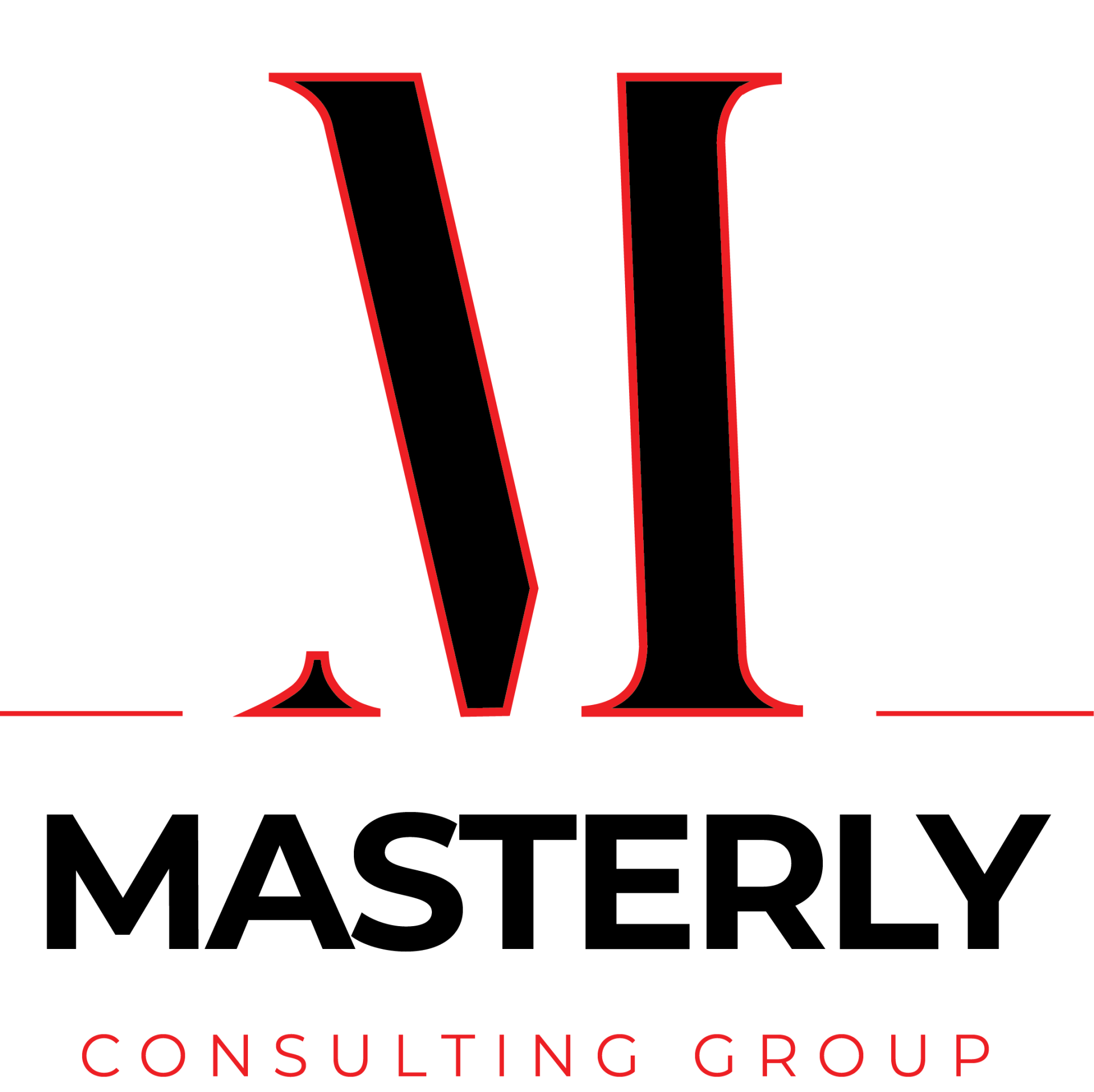Creating a Comprehensive Onboarding Program: Setting Employees Up for Success
Establishing a structured and effective onboarding program is crucial for long-term employee success. Research consistently shows that organizations with strong onboarding processes experience better employee retention and performance. A well-designed onboarding experience can increase productivity, improve job satisfaction, and promote employee engagement from day one.
An effective onboarding program should cover more than just basic orientation. It should include tailored training and development programs that align with both organizational goals and individual employee needs. These programs pave the way for professional growth, ensuring employees feel confident and well-equipped to handle their roles.
Key Components of a Successful Onboarding Program
An effective onboarding program is multi-layered and addresses several aspects of an employee’s early experience. Here's what a comprehensive program should include:
1. Pre-Boarding Essentials
Before new employees officially start, it’s crucial to prepare them for a smooth transition. This can include:
- Sending a welcome email with key company information.
- Setting up their workspace and necessary technology.
- Providing access to online learning resources to begin the learning process.
2. Orientation and Introduction
The initial phase of onboarding should introduce new hires to the company culture, mission, and values. This includes:
- An introduction to team members.
- An overview of company policies and procedures.
- Orientation training to familiarize them with their daily responsibilities.
3. Role-Specific Training and Development
Onboarding is the ideal time to begin job-specific training that ensures employees are prepared for their roles. Key components include:
- Technical training to develop essential skills.
- Soft skills training to enhance communication and teamwork.
- Compliance training to meet regulatory requirements.
This phase should also incorporate training and development opportunities that empower employees to grow within the company. Effective training methods include a mix of instructor-led training, online learning modules, and on-the-job training experiences.
4. Structured Training and Development Programs
A comprehensive program should not end after the first week. Ongoing training and development initiatives are crucial for long-term success. These programs should be designed to:
- Address career development opportunities for future growth.
- Include leadership development training programs to cultivate potential leaders.
- Offer workforce training that focuses on both technical skills and soft skills.
5. Continuous Employee Development Initiatives
The development journey doesn’t stop after initial onboarding. Organizations should invest in employee development programs that:
- Support continuous skill development and knowledge sharing.
- Provide access to online training platforms for learning at their own pace.
- Regularly measure and evaluate employee training progress.
Implementing an effective learning management system (LMS) can help track and personalize the training and development experience based on each employee’s needs.

The Role of Training and Development in Onboarding
Investing in employee training and development programs from the start can make a significant impact. Companies that prioritize training and development efforts often see improvements in employee performance, engagement, and overall job satisfaction. Here's why:
- Skill Development: Comprehensive training ensures that employees are well-equipped to handle their tasks.
- Leadership Skills: Leadership-focused programs identify and nurture potential leaders within the company.
- Career Development: Employees who see a clear path for advancement are more likely to stay and contribute meaningfully.
Incorporating a Training and Development Strategy
An effective training and development strategy should include diverse training methods to cater to different learning styles. Consider using a layered approach:
- Interactive Training Program: Make learning engaging with simulations and role-playing exercises.
- Instructor-Led Training Sessions: Benefit from direct interaction and real-time feedback.
- Online Training Modules: Allow employees to learn at their convenience, which is especially beneficial for remote teams.
- Workplace Learning Opportunities: Include on-the-job training for practical experience.

Benefits of a Comprehensive Onboarding Program
A well-executed onboarding program provides numerous benefits:
- Employee Retention: Effective onboarding reduces turnover rates, as new employees feel valued and prepared.
- Employee Growth: Ongoing training ensures employees continue to develop new skills and remain engaged.
- Improved Performance: Structured training programs boost productivity and employee performance.
Enabling Employees to Succeed
The ultimate goal of onboarding is to enable employees to perform at their best. This requires a commitment to employee training programs that are engaging, effective, and aligned with organizational objectives. Programs should be evaluated regularly to ensure they are meeting both the company's and employees' needs.

Creating an Effective Learning Environment
Fostering a positive learning environment is essential. Here are ways to create one:
- Encourage knowledge sharing among team members.
- Provide resources for continuous professional development.
- Tailor training to suit the individual employee's learning style.
Leaders should also be involved in the training process, offering support and mentorship to help new hires succeed.
Leveraging Modern Training Methods
Today's training programs are evolving, and companies are adopting new approaches, such as:
- Blended Learning: Combining online learning with traditional methods.
- Interactive Workshops: Engaging sessions that keep employees active and involved.
- Customized Career Development Plans: Helping employees map out their professional journey.

Best Practices for Measuring Training Effectiveness
To ensure your employee training and development programs are successful, it’s vital to measure their impact. Use these best practices:
- Conduct post-training assessments to gauge knowledge retention.
- Gather feedback from employees to improve future training sessions.
- Monitor performance metrics to understand the effect of training on productivity.
Enhancing Training Methods for Maximum Impact
Experiment with different training methods to determine what works best for your team. For example:
- Safety Training: Regular sessions to ensure a safe working environment.
- Product Knowledge Training: Equipping employees with essential product information.
- Leadership Development: Programs to nurture high-potential employees.

Building a Successful Employee Training Program
An effective training program sets the stage for new hires to thrive from day one. By integrating successful employee training strategies, companies can address critical skills that employees need to excel. For example, comprehensive training programs should include customer service training, sales team coaching, and leadership training to ensure broad-based development. Utilizing interactive training methods, such as role-playing exercises and real-world simulations, enhances employee learning and engagement.
Furthermore, layering training methods and continuously developing employees through an employee development program creates an environment where workplace training is ongoing and dynamic. By consistently measuring training effectiveness, organizations can adapt and optimize training opportunities, enabling employees to perform confidently and contribute to the company's success.
Developing Effective Training Programs to Drive Employee Success
Successful employee training programs are essential for fostering a well-equipped workforce. Training employees using a variety of methods ensures they are prepared for different workplace challenges. A comprehensive training program includes interactive elements such as simulations, role-playing, and hands-on activities, making learning engaging and practical. By incorporating a structured yet adaptable training method, companies can layer training methods to address different learning styles and levels. For instance, a high-level leadership program focuses on developing future leaders, while new employee training emphasizes foundational skills.
To achieve long-term success, organizations must measure training effectiveness regularly, ensuring the program enables employees to grow and contribute meaningfully. An effective learning strategy also involves teaching employees to apply their knowledge in real-world scenarios, which promotes continuous professional development and empowers them to excel in their roles.
Strategies to Effectively Train Employees for Long-Term Success
To train employees effectively, organizations must implement structured yet flexible programs that cater to various learning styles and needs. Providing a mix of interactive and practical experiences, such as role-playing and workshops, helps engage and retain employees' attention. Companies should layer training methods, combining hands-on activities with digital learning platforms to ensure a comprehensive approach. By doing so, they create an environment that not only focuses on new employee training but also supports continuous skill development, enabling long-term success and productivity.

The Benefits of Employee Training and Development
Investing in employee training and development offers numerous benefits that can transform an organization. Well-structured training programs increase employee engagement, boost productivity, and reduce turnover rates. Employees who receive continuous training feel more confident and competent in their roles, which enhances job satisfaction and performance. Moreover, training and development initiatives help develop critical skills that prepare employees for future leadership positions, creating a strong internal talent pipeline. Organizations that prioritize training also foster a culture of innovation and adaptability, enabling them to stay competitive in an ever-changing market. Ultimately, a commitment to employee growth results in a more motivated, skilled, and loyal workforce.
Advantages of Employee Training and Development
Employee training and development provide significant advantages that contribute to an organization's overall success. One of the primary benefits is improved employee performance; well-trained employees have the knowledge and skills to perform their tasks efficiently and effectively. Additionally, training and development foster higher job satisfaction, as employees feel valued and supported in their professional growth. This investment also enhances employee retention, reducing turnover costs and building a more loyal workforce. Furthermore, companies that prioritize training gain a competitive edge, as a highly skilled team can adapt to new technologies and industry trends more rapidly. Finally, developing employees' critical skills prepares them for leadership roles, ensuring the organization has a strong, capable future workforce.
What is Employee Training and Development?
Employee training and development refer to the systematic process of improving employees' skills, knowledge, and competencies to enhance their performance and prepare them for future roles. Employee training focuses on teaching employees how to perform their current job duties more effectively, often through workshops, interactive sessions, and hands-on practice. Development, on the other hand, is more long-term and aimed at broader growth, including leadership training and career advancement opportunities. Together, these initiatives ensure that employees remain competent and adaptable, benefiting both the individual and the organization by fostering a more skilled, motivated, and future-ready workforce.
Partner with Masterly Consulting Group to Strengthen Your Training Initiatives
At Masterly Consulting Group, we understand the critical role a well-structured onboarding and training program plays in your company's success. Whether you’re looking to develop a comprehensive employee training and development program or need guidance on best practices, our team is here to help. We offer tailored solutions that ensure your employees are set up for long-term success from day one.
Contact us at (888) 209-4055 to book a free consultation. Our experts are ready to answer your questions and discuss how we can support your training and development needs. Let us help you build a strong foundation for your team, fostering a culture of growth and continuous learning.








